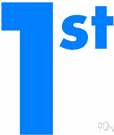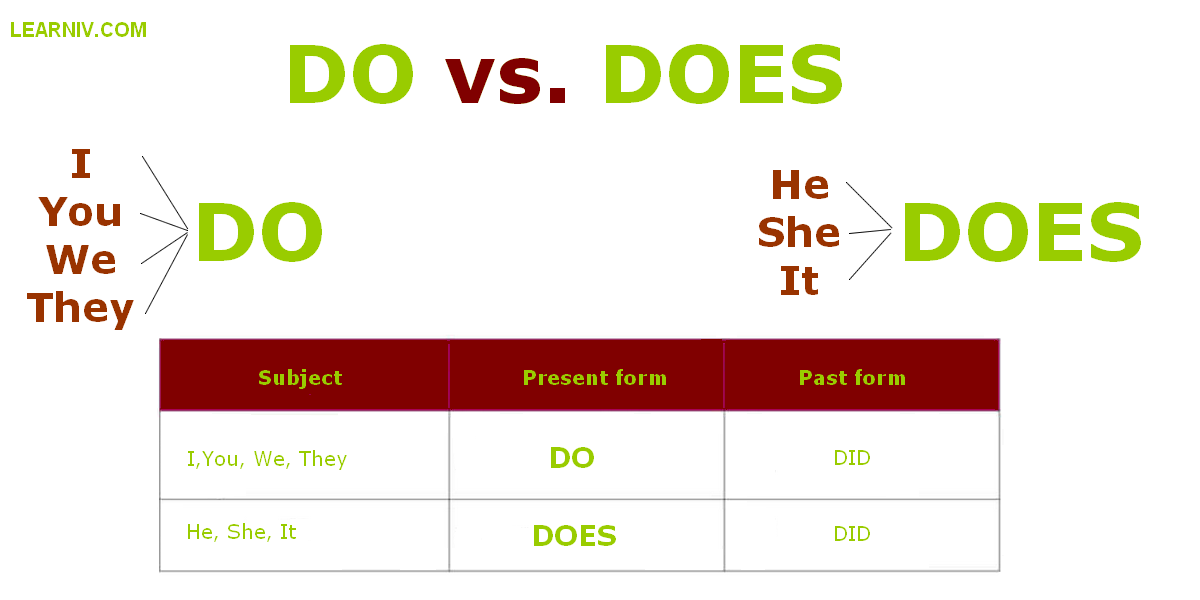IT Career Development: Strategic Approaches for Professional Growth
Understand it carecareersdscape
The technology sector continues to evolve at a breakneck pace, create both challenges and opportunities for its professionals. A strategic approach to education and career development has become essential instead than optional. The virtually successful its professionals recognize that their journey require continuous adaptation, deliberate skill acquisition, and strategic career planning.
The traditional linear career path has give way to a more dynamic, multifaceted approach that balance technical expertise with business acumen and soft skills. Understand this change landscape is the first step toward create an effective development strategy.
The t shaped professional model
Among the various approaches to it career development, the t shape professional model has emerged as especially effective. This modelemphasizese develop:
- Deep expertise in a specific technical domain (the vertical bar of the t )
- Broad knowledge across relate technologies and business concepts (the horizontal bar )
This balanced approach prevent the common pitfall of overspecialization while stillness provide the depth of expertise that make professionals valuable. For example, a cloud architect might develop deep knowledge of AWS services while maintain broader understanding of network principles, security concepts, and business strategy.
Implement the t shaped approach
To implement this model efficaciously:
- Identify your primary technical specialty base on interests and market demand
- Develop deep expertise through focus learning and practical application
- Consistently explore adjacent technologies and business domains
- Seek projects that require integration of specialized and general knowledge
This approach create versatile professionals who can adapt to change technologies while maintain core expertise that differentiate them in the marketplace.
Continuous learning: the foundation of it career development
The half life of technical skills continue to shrink, make continuous learn the cornerstone of any successful it careers strategy. Effective continuous learning combine formal education, self direct study, and practical application.
Formal education options
While traditional degrees remain valuable, specially for those enter the field, they represent exactly one component of ongoing education. Consider:
- Undergraduate and graduate degrees in computer science or related fields
- Specialized boot camps focus on specific technologies or roles
- Professional certifications from industry leaders and vendors
- Micro credentials and specialized training programs
The optimal approach frequently combines these options base on career stage and goals. Early career professionals may benefit from comprehensive degree programs, while establish practitioners might focus on target certifications and specialized training.
Self-directed learning strategies
Between formal educational milestones, self direct learning maintain skill relevance. Effective strategies include:
- Curated technical reading across platforms like medium, GitHub, and vendor documentation
- Participation in open source projects relate to your specialty
- Regular completion of hands on labs and technical challenges
- Build personal projects that stretch current capabilities
- Follow industry thought leaders and technical communities
The about successful its professionals dedicate regular time to learn — oftentimes 5 10 hours hebdomadary — treat it as anon-negotiablee part of their professional practice sooner than an occasional activity.
Strategic certification planning
Certifications play a significant role in it career development, but their value varies wide base on implementation. The best approach treat certifications as validation of practical knowledge preferably than substitutes for experience.
Certification selection criteria
When evaluate potential certifications, consider:
- Industry recognition and employer demand for the credential
- Alignment with your career trajectory and specialization
- Practical assessment components versus strictly theoretical testing
- Renewal requirements and ongoing relevance
- Cost benefit analysis include preparation time and fees
Avoid the common mistake of certification collect without strategic purpose. Alternatively, select certifications that validate expertise in your core specialty and strategically expand your capabilities in align areas.

Source: self help Educationn
Build a certification roadmap
An effective certification strategy typically includes:
- Foundational certifications that establish baseline knowledge
- Specialized credentials that deepen expertise in your primary domain
- Complementary certifications that broaden your skill profile
- Advanced credentials that validate senior level capabilities
This progressive approach creates a coherent narrative of expertise development instead than an arbitrary collection of credentials. It besides allow professionals to pace their certification efforts alongside practical experience.
Balance technical and soft skills
Technical expertise solely seldom lead to sustained career success. The virtually effective its professionals complement their technical capabilities with substantially develop soft skills. These include:
- Communication across technical and non-technical audiences
- Collaboration and team leadership
- Problem solve and critical thinking
- Project management and organizational skills
- Business acumen and strategic thinking
Career advancement, especially into senior technical roles and leadership positions, progressively depend on these capabilities. Technical brilliance combine with communication difficulties frequently lead to career plateaus.
Develop soft skills consistently
Unlike technical skills, soft skills’ development oft require different approaches:
- Seek projects that require cross-functional collaboration
- Volunteering for presentation opportunities within and outside your organization
- Participate in or lead community groups and professional organizations
- Find mentors who excel in areas where you need development
- Solicit regular feedback on communication and collaboration
The integration of technical and soft skills create a powerful professional profile that remain relevant across change technical landscapes.
Practical experience and portfolio development
Theoretical knowledge gains value when apply in practical contexts. The virtually effective its professionals create deliberate strategies for gain relevant experience and document their capabilities.
Strategic experience acquisition
To develop practical expertise:
- Identify experience gaps through self assessment and mentor feedback
- Volunteer for challenge projects that address these gaps
- Create personal projects that demonstrate capabilities
- Contribute to open source initiatives relate to your specialty
- Participate in hackathons and technical competitions
This approach create a virtuous cycle where learning lead to practical application, which deepen understanding and reveal new learning opportunities.
Build a technical portfolio
Beyond experience acquisition, document achievements create career opportunities:
- Maintain a GitHub profile showcase code samples and project contributions
- Create a technical blog document solutions to complex problems
- Develop case studies of significant projects (within confidentiality constraints )
- Record presentations and technical demonstrations
- Collect quantifiable results and metrics from successful implementations
This portfolio approach transform abstract experience into tangible evidence of capabilities that can be share with potential employers and clients.
Networking and community engagement
Professional isolation limit career development. The virtually successful it professionals actively engage with technical communities and build strategic networks.
Strategic networking approaches
Effective networking in technology careers include:
- Participation in industry conferences and meetups
- Engagement in online communities focus on your specialties
- Contribution to technical discussions on platforms like stack overflow
- Build relationships with vendors and technology partners
- Maintain connections with former colleagues and classmates
These connections provide access to opportunities, insights into emerge technologies, and support during career transitions.
Mentorship and knowledge sharing
The exchange of knowledge accelerates professional development:
- Seek mentors who have achieved your aspirational career goals
- Become a mentor to develop leadership and communication skills
- Participate in or create communities of practice
- Contribute to knowledge bases and documentation
- Present at conferences and technical events
These activities not simply build reputation but besides deepen understanding through the process of articulate knowledge to others.
Strategic career planning and advancement
Instead than allow careers to evolve reactively, successful its professionals take a proactive planning approach.
Career bathing in technology
Effective career planning include:
- Mapping potential career trajectories base on interests and market trends
- Identify skill requirements for each potential role
- Create development plans with specific milestones and timelines
- Regular reassessment base on change technologies and personal interests
- Balance specialization with versatility
This approach create clarity about development priorities and help professionals make strategic decisions about learn investments.
Advancement strategies
Career progression require deliberate action:
- Regular skills’ assessment against market requirements
- Strategic visibility within and beyond current organizations
- Cultivation of internal champions and sponsors
- Careful evaluation of lateral moves that build critical experience
- Thoughtful timing of role transitions
The almost successful professionals balance loyalty to current employers with strategic moves that accelerate development.
Adapt to technological change
The accelerate pace of technological change require specific adaptation strategies.
Technology trend monitoring
Stay onwards of changes require systematic monitoring:
- Follow research publications from academic and industry sources
- Track venture capital investments to identify emerge technologies
- Monitor adoption patterns among industry leaders
- Participate in beta programs and early access initiatives
- Analyze technology roadmaps from major vendors
This approach help professionals anticipate changes instead than simply react to them.
Strategic skill pivoting
When technologies shift, effective professionals:

Source: ileanharris.com
- Identify transferable concepts and principles
- Focus on fundamental capabilities that transcend specific implementations
- Leverage exist expertise to accelerate learning in new areas
- Maintain perspective on the business problems technology solve
- Balance investment in establish and emerge technologies
This approach prevent obsolescence while avoid the inefficiency of constant technology chasing.
Work life integration and sustainable development
Long term career success require sustainable approaches to learning and development.
Prevent burnout
Sustainable development include:
- Realistic assessment of learn capacity alongside other responsibilities
- Strategic prioritization of development activities
- Integration of learn into daily work instead than treat it as additional burden
- Recognition of natural learning cycles and energy fluctuations
- Build support systems that encourage consistent development
This balanced approach prevent the common cycle of intense learning follow by exhaustion and disengagement.
Create learning habits
Consistency frequently outperforms intensity in professional development:
- Establish regular learn routines integrate into weekly schedules
- Create environmental cues that trigger learn activities
- Build accountability through learn communities
- Track progress to maintain motivation
- Celebrate milestones and achievements
These practices transform development from occasional effort to ongoing process.
Conclusion: integrate approaches for optimal results
The virtually effective approach to it career development integrate multiple strategies instead than rely on any single method. Successful professionals combine:
- T shape skill development balance depth and breadth
- Continuous learning through formal and self direct channels
- Strategic certification align with career objectives
- Deliberate soft skill development
- Practical experience acquisition and documentation
- Active community engagement and network
- Proactive career planning and advancement strategies
- Adaptive responses to technological change
- Sustainable habits that support ongoing development
This integrated approach create resilient careers that can weather technological shifts while provide ongoing growth and satisfaction. The specific implementation varies base on career stage, specialization, and personal circumstances, but the fundamental principles remain consistent.
The journey of it professional development is finally personal and continuous. The professionals who thrive are those who take ownership of their development, remain adaptable to change, and maintain a balance between specialized expertise and versatile capabilities. By approach career development as a strategic process instead than a series of reactive decisions, its professionals can create sustainable success in this dynamic field.



